53 F. average high on October 26.
64 F. high on October 26, 2014.
.01" rain fell at MSP International Airport yesterday.
October 27, 1943: Said to be one of the worst fogs in the Twin Cities in memory. A very dense area of fog, with an average of 75 feet in thickness, blanketed the area. At the worst, street lights could not be seen 25 yards away. Drivers refused to cross unmarked railroad crossings and traffic was brought to a standstill.
October 27, 1931: Storm hits the Duluth area. Barometer falls to 29.02.
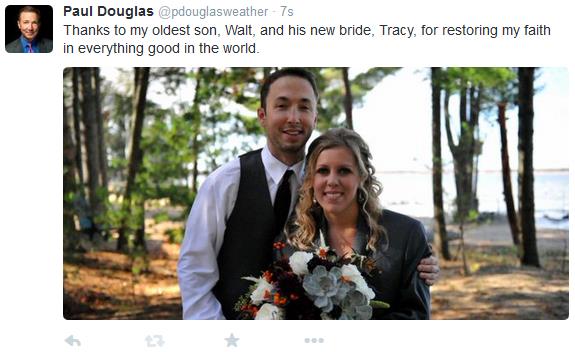
First Fistful of Flurries Possible Wednesday - Some Accumulation Up North?
I'm still standing. The sun was shining Saturday as my oldest son got married at a majestic 100-year old lodge on the northern tip of Gull Lake. I want to thank Walt and Tracy for restoring my faith in love, the institution of marriage, and everything good in the world. I feel blessed - and old, in that order.
I'm still standing. The sun was shining Saturday as my oldest son got married at a majestic 100-year old lodge on the northern tip of Gull Lake. I want to thank Walt and Tracy for restoring my faith in love, the institution of marriage, and everything good in the world. I feel blessed - and old, in that order.
The
same El Nino warming event in the Pacific that spiked Hurricane
Patricia may keep the steering winds howling above Minnesota blowing
from the west for more of the winter than usual, deflecting some of the
coldest air across Canada into New England. There will be exceptions, in
fact by tomorrow there will be little doubt in your mind that the sun is now as high in the sky as it was back in mid-February.
Some
of the moisture leftover from "Patricia" wraps around a storm spinning
up over the Great Lakes, brushing us with rain later today and tonight. By tomorrow it may be cold enough to peer out your window and spot a few renegade flurries. Nothing will stick, not yet.
Skies clear over the weekend (I expect a dry Halloween with temperatures in the low 50s); models hinting at a 60-degree breeze Sunday. I can live with that.

And So It Begins.
Models are hinting at a little slushy snow up north Wednesday night
into a portion of Thursday as moisture wraps around a broad, Great Lakes
storm, and temperatures aloft are cold enough for s-s-snow. Ground
temperatures are still relatively mild so any snow will melt on contact
for a time, but some slush is possible in the Brainerd Lakes area later
this week. Insert fist-pump here.
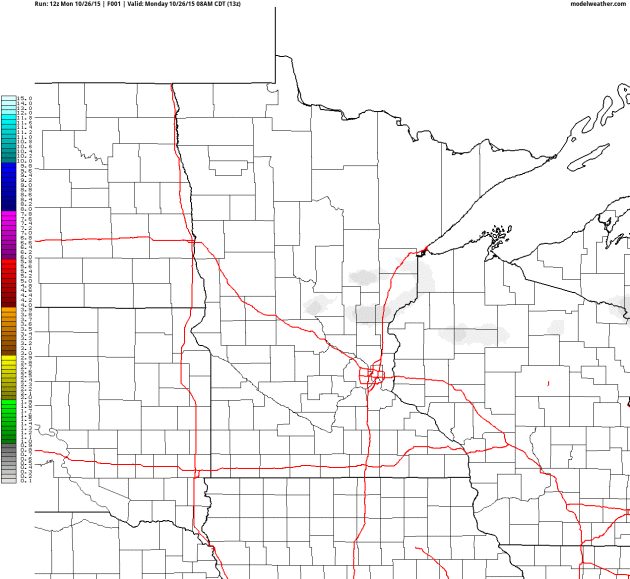
Rain Chance Increased Late Tuesday into Wednesday.
Light rain and drizzle will break out up north today, but the main
surge of rain arrives later today and tonight; heaviest over eastern
Minnesota and Wisconsin. NAM accumulated rainfall graphic: NOAA and
AerisWeather.

Heavy Jackets.
Wind chills are forecast to drop into the 20s in the metro area late
Wednesday night into Thursday morning; a glimpse of November weather is
on the way in about 36 hours. Model guidance: Aeris Enterprise.

Temperature Rebound.
After a brief, fleeing cold snap Wednesday and Thursday temperatures
return to the 50s next weekend (no Halloween blizzard this year) and
many of the models suggest 60s next Monday.

Flashes of Canadian Chill.
No extended deep-freezes, not yet. European guidance shows temperatures
falling during the day Wednesday as cold air gets wrapped into the
storm's circulation, rain possibly ending as flurries in the metro
Wednesday night - an inch or so of slush possible up north. The weekend
starts on a damp note (rain) but skies clear on Halloween with 60s
possible by Sunday and Monday.
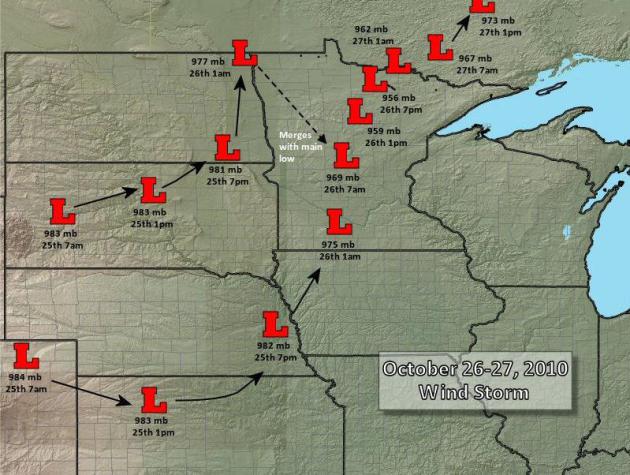
Remembing the Wild Wind Storm of October 26-27, 2010. Here's a reminder of what can happen in late October, courtesy of the La Crosse office of The National Weather Service: "An
area of low pressure moved out of the Southern Plains and rapidly
deepened into Minnesota during the early morning hours of October
26th. As it moved north, shower and thunderstorm activity provided
rainfall amounts of one-half to just over one inch in some locations.
More importantly though,the central pressure of the low continued to
fall causing an increase in winds as the day progressed. By late in the
morning of October 26th, sustained wind speeds of 25 to 35 mph, with
gusts of 40 to 50 mph, were reported over parts of western Minnesota.
By early afternoon, wind gusts of 50 to 55 mph were common across
southeast Minnesota, northeast Iowa, and into western Wisconsin causing
sporadic wind damage to roofs and trees. The winds continued during the
evening and overnight hours, with reported gusts near 60 mph around 2
a.m. at many locations (including 61 mph at Spring Valley, MN)..."

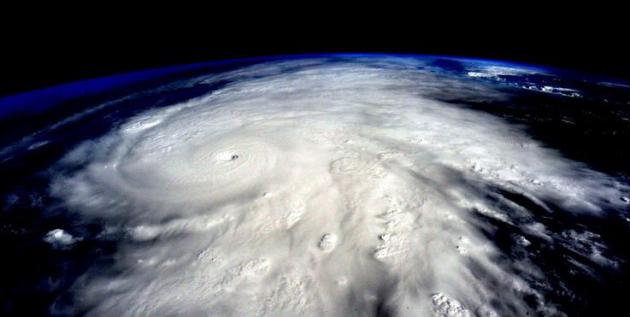
- At Louis Armstrong International Airport, 8.67 inches of rain fell, the fourth highest one-day total on record for that location. The all-time high there was 12.24 inches on May 8, 1995.
- Baton Rouge's Ryan Airport measured 8.60 inches of rain, its fourth-highest one-day total. The all-time record at Ryan is 11.99 inches, set April 14, 1967..."
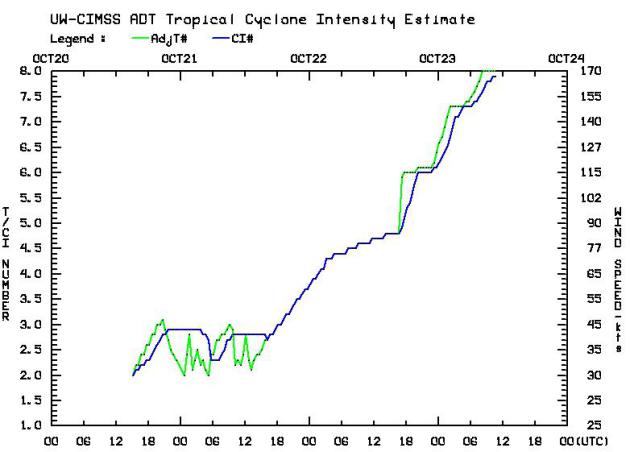
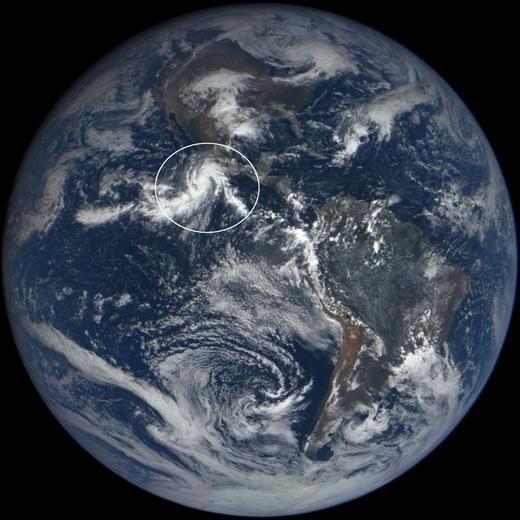
21 Hurricanes and Typhoons That Shattered Records in 2015. Mashable provides more perspective on a very active hurricane season in the Pacific; here's an excerpt: "...The combination of El Niño, other natural climate cycles and global warming have supercharged this year's tropical cyclone season in the northern hemisphere to the point where all-time records have been blown away. Specifically, there have now been 21 typhoons and hurricanes in the hemisphere — all but one of which occurred in the Pacific Ocean — that have reached the most intense levels of the Saffir Simpson Hurricane Wind Scale, Category 4 and 5. This beat the past record of 18, set in 2004..." (File image of Hurricane Patricia: NOAA, NASA).
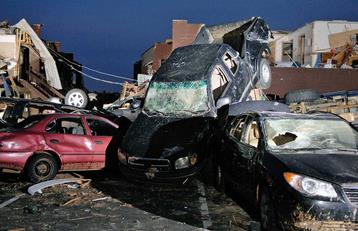
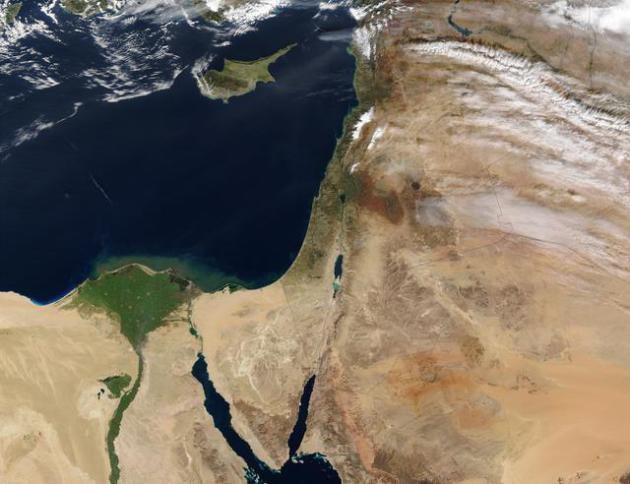
"Intolerable" Heat May Hit the Middle East by the End of the Century. You think today's migrations are problematic? Give it a few decades. Here's an excerpt from The New York Times: "...By
the end of this century, areas of the Persian Gulf could be hit by
waves of heat and humidity so severe that simply being outside for
several hours could threaten human life, according to a new study published Monday. Because of humanity’s contribution to climate change,
the authors wrote, some population centers in the Middle East “are
likely to experience temperature levels that are intolerable to humans.”The
dangerously muggy summer conditions predicted for places near the warm
waters of the Gulf could overwhelm the ability of the human body to
reduce its temperature through sweating and ventilation. That threatens
anyone without air-conditioning — including the poor, but also those who
work outdoors in professions like agriculture and construction..." (Image credit: NASA).
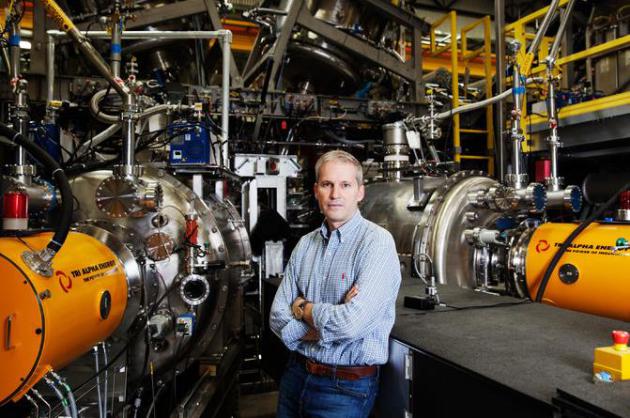
Start-Ups Take On Challenge of Nuclear Fusion.
Could there be a radical innovation that speeds up our transition into a
clean-energy economy? I sure wouldn't bet against it. Somewhere,
someone in a garage is tinkering on new energy sources that may
transform the planet. Here's an excerpt from The New York Times: "A
group of start-ups is promising a new and virtually unlimited source of
power, one that produces none of the gases scientists say contribute to
global warming. The only problem? A way to harness the energy source,
nuclear fusion — the reaction that gives birth to sunlight — still needs
to be invented. Such an achievement has long evaded government
scientists and university researchers, despite decades of work and
billions of dollars in research. But backed by hundreds of millions in
venture capital and some of the wealthiest people in the technology
industry, a handful of young companies say they can succeed where
government has fallen short..."
Photo credit above: "Michl Binderbauer of Tri Alpha Energy, a fusion start-up." Credit Emily Berl for The New York Times.

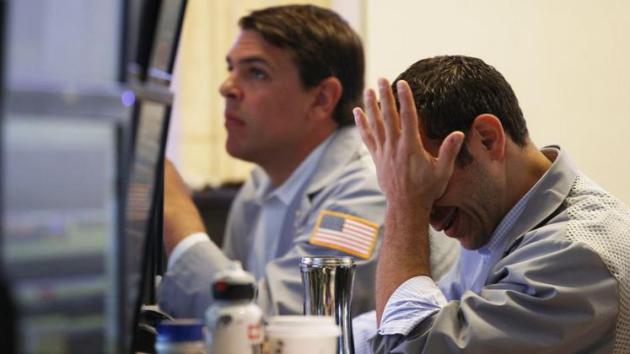
Why People Under 35 Are So Unhappy.
In truth most people I know who are under the age of 35 are fairly
happy (especially happy they're still under the age of 35). Here's an
excerpt of a post from WaitButWhy.com and Quartz: "...To
get to the bottom of why, we need to define what makes someone happy or
unhappy in the first place. It comes down to a simple formula:

Photo credit above: "Life is hard when you have unreasonable expectations." (Reuters/Lucas Jackson).

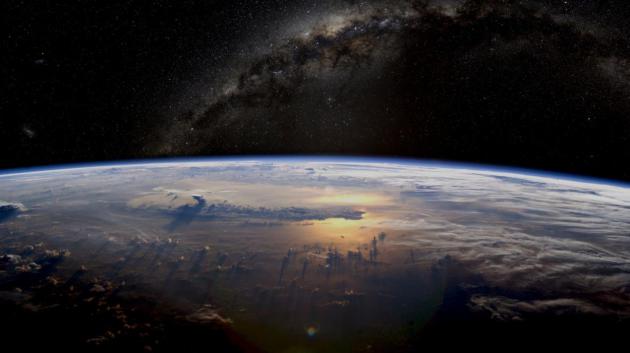

TODAY: Early sun, still milder than average. Light rain arrives late PM. Winds: SE 10-20. High: 59
TUESDAY NIGHT: Periods of rain. Low: 45
WEDNESDAY: Gusty and colder with rain. Flurries Wednesday night? Winds: NW 15-30. High: 47
THURSDAY: Mostly cloudy, brisk. Winds: NW 10-20. Wake-up: 36. High: near 50
FRIDAY: Fading sun, rain at night? Wake-up: 34. High: 53
HALLOWEEN: Wet start, slow clearing. Winds: SW 5-10. Wake-up: 43. High: 55
SUNDAY: Sunny, mild breeze. Winds: SW 10-15. Wake-up: 44. High: 63
MONDAY: Clouds increase, turning cooler. Wake-up: 52. High: 58
Climate Stories...

Catholic Church Leaders Issue Appeal on Climate Change. The New York Times reports; here's the introduction: "Roman
Catholic cardinals, patriarchs and bishops from around the world on
Monday appealed to climate-change negotiators to approve a “fair,
legally binding and truly transformational climate agreement” when they
meet at a widely anticipated United Nations
conference in Paris next month. Representatives of the church from five
continents signed the appeal in Vatican City. They said it was inspired
by Pope Francis’ sweeping encyclical on the environment, “Laudato Si,” issued in June, which forcefully calls for action to stem environmental destruction and climate change..."
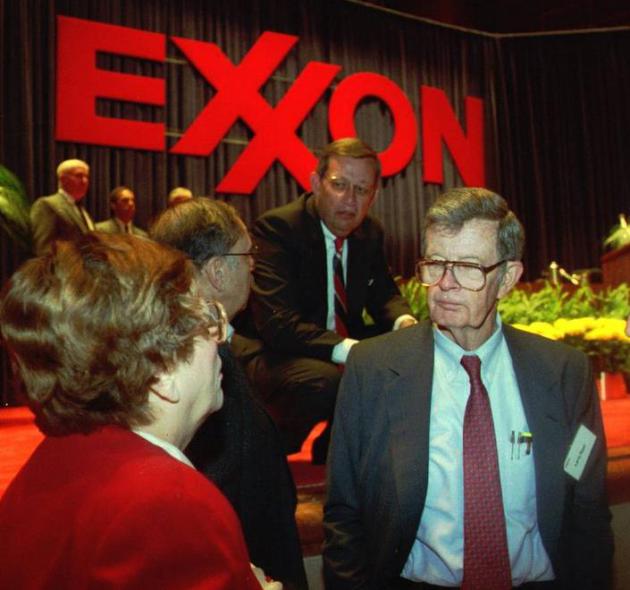
File photo credit above: The Associated Press. "Exxon
Corporation chairman L.G. Rawl (right) and president Lee Raymond
(center) greeted shareholders after their annual meeting in Dallas in
1992. The company’s shift — from embracing the science of climate change
to publicly questioning it — emerged from interviews with former and
current Exxon Mobil employees."


ExxonMobil Pioneered Climate Change Research Since the 1970s, and Now It's Attacking Media Reporting On That.
When backed into a corner attack the messenger. Which, based on recent
revelations, is what Exxon may have done with its own in-house climate
scientists decades ago, because of fears of regulation and impact on the
bottom line. Here's an excerpt from Quartz: "...Along
the way, a consensus developed that the ramifications of climate change
were perilous. As far as a response, one option was to keep measuring
to see whether warming was really happening. The only trouble with that
course, one scientist said, was that by the time you had
incontrovertible evidence, it might be too late to do anything. In 1990,
according to a piece published Oct. 23
in the LA Times, Exxon made a choice—in terms of its public policy, it
would ignore the nuances of the climate science and emphasize the
uncertainties. Exxon’s manager of science and strategy development told
fellow executives that acting against climate change would entail
curtailing the use of fossil fuels, or draconian regulation of
emissions, that would would “alter profoundly the strategic direction of
the energy industry...”

File photo credit above: "New Orleans shortly after Katrina". Image: National Archives.

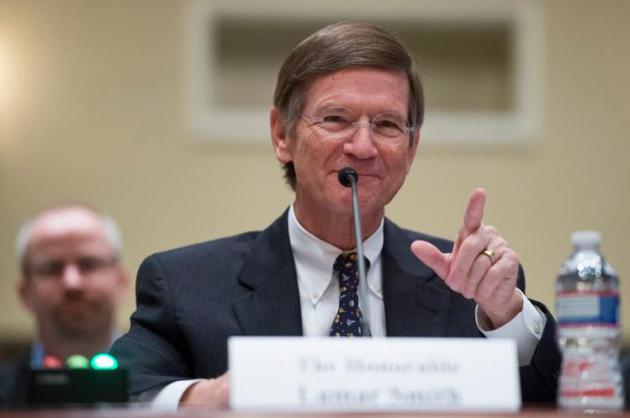
Photo credit: "Are you now or have you ever been a climate scientist?" (Photo By Bill Clark/CQ Roll Call)

Image credit above: "Two possible future. Colors are 2100 temperatures under “business as usual” climate change (left, RCP8.5) and aggressive climate policy (right, RCP2.6). Burke, Hsiang, & Miguel (Nature 2015) demonstrate the effects of these changes on economies around the world. These findings are used in a simulation of future nightlights, as seen from space, since richer economies tend to glow brighter. A hotter world is a more unequal world, with the north benefitting and tropical economies declining. A cooler world leads to more equitable global growth, offering regions like Africa the chance to “catch up”.
Figure attribution: Burke, Hsiang, & Miguel (Nature, 2015)

Canadian Government Hinders Scientists from Talking about Climate Change. Following up on the rapid changes taking place in the Gulf of Maine (even faster than what we're witnessing in Minnesota) here's a link to a story at The Portland Press Herald.
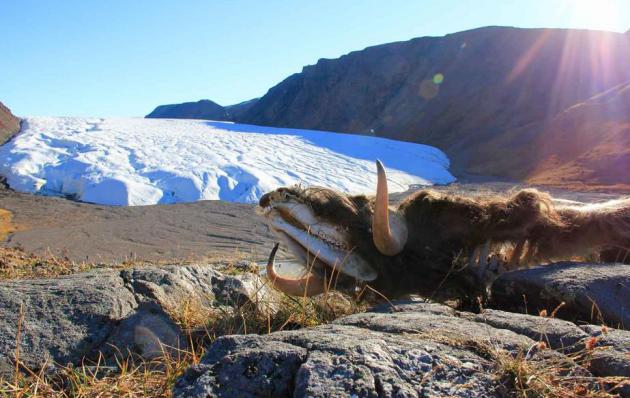
Photo credit above: "Preserved by cold, a musk-ox carcass lies above the toe of Brother John’s Glacier, Etah, Greenland." (All photos by Roy Scranton).
No comments:
Post a Comment